This article was co-authored by Marc Kayem, MD. Dr. Marc Kayem is a board certified Otolaryngologist and Facial Plastic Surgeon based in Beverly Hills, California. He practices and specializes in cosmetic services and sleep-related disorders. He received his Doctorate in Medicine from the University of Ottawa, is board certified by the American Board of Otolaryngology, and is a Fellow of the Royal College of Surgeons of Canada.
This article has been viewed 62,307 times.
The first step to discerning the difference between a sleeping person and an unconsciousness person is to check their responsiveness. Do this by talking to them, gently shaking them, or by making a loud noise.[1] If the person does not wake up, you will need to check their breathing. Also check for symptoms of unconsciousness like incontinence. If they are unresponsive for more than a minute, then you will need to roll them on their side and call emergency services. Call emergency services immediately if they are not breathing or have a serious injury.
Steps
First Aid Tips
-
1Call emergency services. Once the person is in the recovery position, call emergency services for emergency medical help. Keep monitoring their breathing until the medics arrive. If they stop breathing you or someone else will need to perform CPR.[4]
- Call emergency services if the person is injured, has diabetes, has seizures, has lost control of their bladder or bowels, is pregnant, is over age 50, or is unconscious for more than one minute.
- If the person wakes up and feels discomfort, pressure, or pain in their chest, or if they have an irregular or pounding heartbeat, then call emergency services.
- Also call emergency services if the person has vision problems or cannot speak or move their legs.
-
2Roll them. Kneel by their side and place their arm closest to you at a right angle to their body with their palm facing up. Place their other hand across their chest with the back of their palm lying flat against their cheek. Hold this arm in place with your hand. Then, with your other hand, pull their farther knee up and over their other leg until their foot is flat on the ground. Gently pull on their lifted knee and roll them toward you until they are on their side. Now they are in a recovery position.[5]
- You should do this if the person is unresponsive for more than a minute, but still breathing and lying on their back.
- If you think the victim has a spinal injury, do not roll or move them.
Determining the Severity of Their Symptoms
-
1Look for symptoms of unconsciousness. If the person wakes up, then check for the following symptoms: amnesia, headache, confusion, lightheadedness, drowsiness, or a rapid heartbeat. Also, check to see if they have the ability to move all of their body parts.[6]
- Ask them, “How do you feel?” “Can you wiggle your toes and move your fingers?” and “Do you feel any pain or discomfort in your chest?”
- If the person is unresponsive, then check for a loss of bladder or bowel control, i.e., incontinence. If incontinence is present, then call emergency services.
- Unconsciousness is caused by major illness or injury, substance or alcohol use, or choking on an object. Brief unconsciousness, or fainting is caused by dehydration, low blood sugar, temporary low blood pressure, or even serious heart or nervous system problems.[7]
-
2Ask them questions. If the person wakes up, you will need to determine how alert they are. Do this by asking them simple questions such as, “What is your name?” “What is the date?” and “How old are you?”[8]
- If the person is unable to answer the questions or provides the wrong answers, then this means that a change in mental status has occurred. You will need to call emergency services or a doctor immediately.
- If you witness the person fainting—collapsing with a brief period of unconsciousness—and exhibiting a change in mental status, the person has chest pain or discomfort, is experiencing pounding or irregular heartbeat, cannot move their extremities, or has vision problems, then seek emergency medical help.[9]
-
3Check their breathing. If the person is unresponsive, place one hand on their forehead and tilt their head back gently. Their mouth should slightly open reflexively. At the same time, place your other hand on their chin and lift it. Move your head close to the person’s mouth to see if you can feel their breath on your face or hear them breathing.[10]
- Also examine their chest area to see if it is moving up and down to determine if they are breathing.[11]
- If they are not breathing, then you will need to perform CPR and call emergency services.
- If you witnessed the person choking on something, then perform abdominal thrusts, also known as the Heimlich Maneuver.[12]
Expert Q&A
-
QuestionHow can you tell if someone is pretending to be asleep or unconscious?
 Marc Kayem, MDDr. Marc Kayem is a board certified Otolaryngologist and Facial Plastic Surgeon based in Beverly Hills, California. He practices and specializes in cosmetic services and sleep-related disorders. He received his Doctorate in Medicine from the University of Ottawa, is board certified by the American Board of Otolaryngology, and is a Fellow of the Royal College of Surgeons of Canada.
Marc Kayem, MDDr. Marc Kayem is a board certified Otolaryngologist and Facial Plastic Surgeon based in Beverly Hills, California. He practices and specializes in cosmetic services and sleep-related disorders. He received his Doctorate in Medicine from the University of Ottawa, is board certified by the American Board of Otolaryngology, and is a Fellow of the Royal College of Surgeons of Canada.
Sleep Specialist Usually, people breathe audibly at a slower place when they're actually asleep. When people are more awake, their muscles are more tense and they're less likely to fall back, so you usually you don't hear anything at all. Even if people don't snore when they're sound asleep, the breathing pattern will still have some minor resistance that you can usually hear out loud. If someone was actually awake but pretending to be sleeping or unconscious, you likely wouldn't be able to hear that.
Usually, people breathe audibly at a slower place when they're actually asleep. When people are more awake, their muscles are more tense and they're less likely to fall back, so you usually you don't hear anything at all. Even if people don't snore when they're sound asleep, the breathing pattern will still have some minor resistance that you can usually hear out loud. If someone was actually awake but pretending to be sleeping or unconscious, you likely wouldn't be able to hear that.
References
- ↑ Marc Kayem, MD. Sleep Specialist. Expert Interview. 24 October 2019.
- ↑ http://patient.info/health/dealing-with-an-adult-who-is-unresponsive
- ↑ https://medlineplus.gov/ency/article/000022.htm
- ↑ https://patient.info/signs-symptoms/breathlessness-and-breathing-difficulties-dyspnoea/dealing-with-an-adult-who-is-unresponsive
- ↑ http://patient.info/health/dealing-with-an-adult-who-is-unresponsive
- ↑ https://patient.info/signs-symptoms/breathlessness-and-breathing-difficulties-dyspnoea/dealing-with-an-adult-who-is-unresponsive
- ↑ https://medlineplus.gov/ency/article/000022.htm
- ↑ https://medlineplus.gov/ency/article/000022.htm
- ↑ https://medlineplus.gov/ency/article/000047.htm
- ↑ http://patient.info/health/dealing-with-an-adult-who-is-unresponsive
- ↑ Marc Kayem, MD. Sleep Specialist. Expert Interview. 24 October 2019.
- ↑ https://patient.info/signs-symptoms/breathlessness-and-breathing-difficulties-dyspnoea/dealing-with-an-adult-who-is-unresponsive
- ↑ https://medlineplus.gov/ency/article/000022.htm

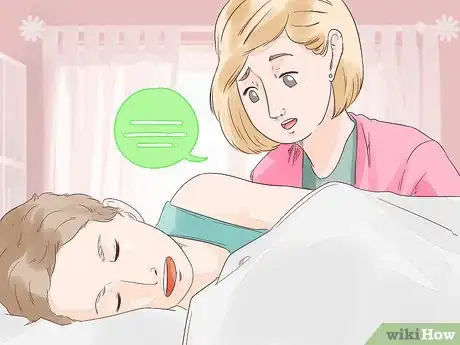
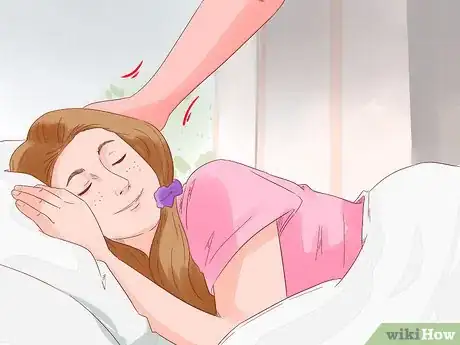
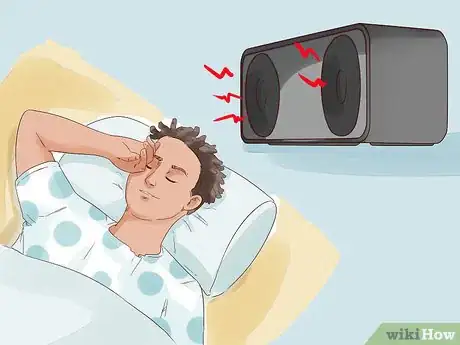
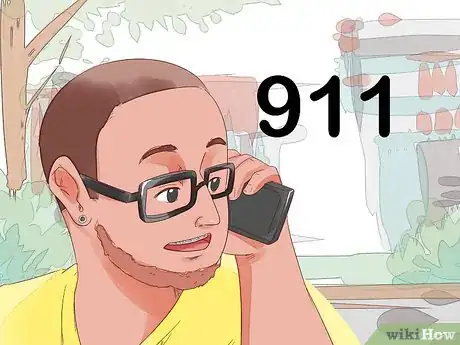
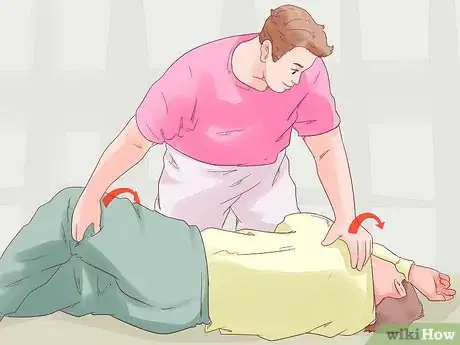
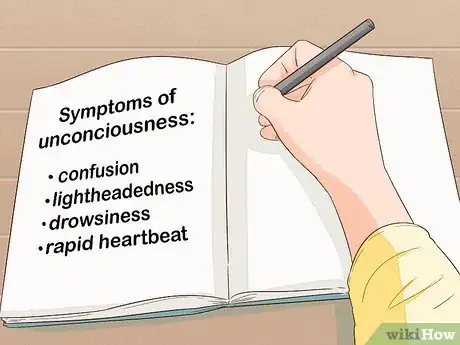
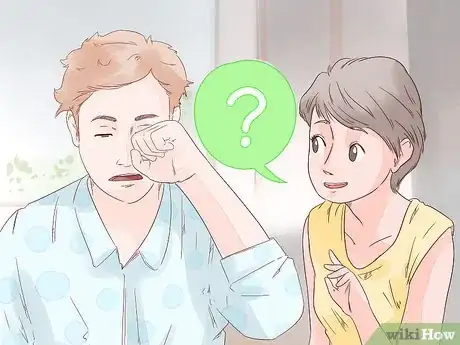
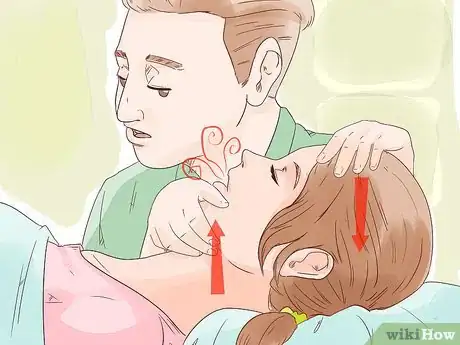


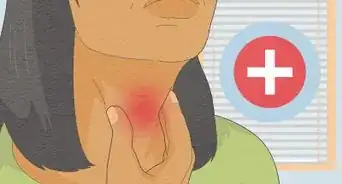

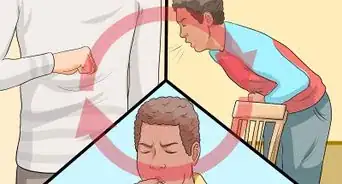





















































Medical Disclaimer
The content of this article is not intended to be a substitute for professional medical advice, examination, diagnosis, or treatment. You should always contact your doctor or other qualified healthcare professional before starting, changing, or stopping any kind of health treatment.
Read More...